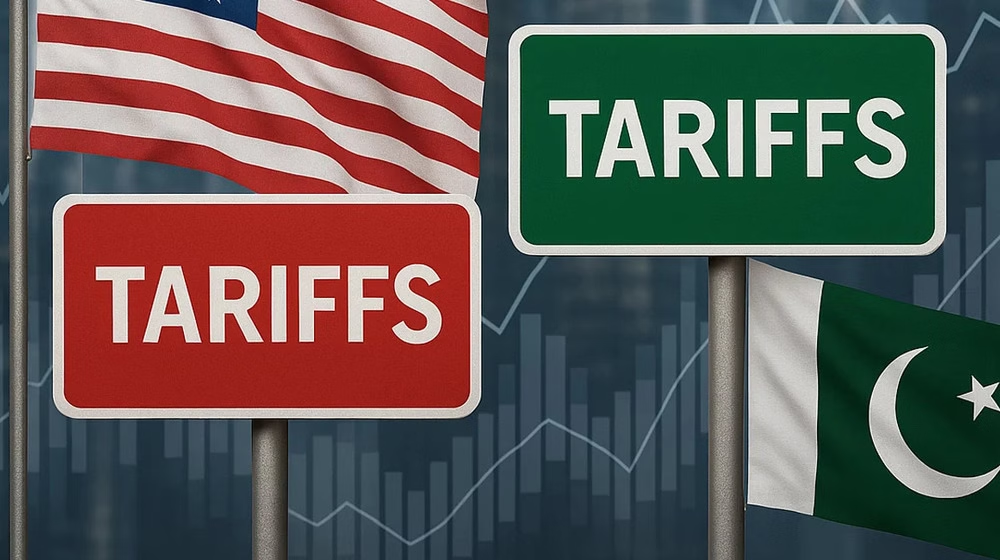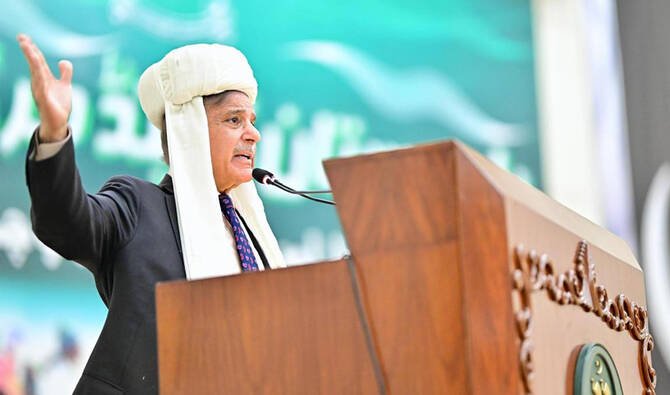In a strategic move to bolster economic ties and counteract recent trade challenges, Pakistan has proposed a zero-tariff bilateral trade agreement to the United States. This initiative comes at a time when U.S. President Donald Trump has imposed a 29% tariff on Pakistani goods, potentially leading to a $1 billion loss in exports and threatening up to 25% of Pakistan’s trade with the U.S. .
Strategic Timing and Diplomatic Engagement
The proposal coincides with President Trump’s claims that India has offered “zero tariffs” as part of its trade discussions with the U.S. . In response, Pak has intensified diplomatic efforts to present itself as a viable and attractive trade partner. A high-level delegation, including government officials and prominent business leaders, is scheduled to visit Washington to negotiate the proposed trade deal and address the newly imposed tariffs .
Economic Implications and Sectoral Impact
The 29% tariff increase has significantly impacted Pakistan’s textile sector, which constitutes over half of its exports to the U.S. . Experts warn that the cumulative tariff burden could lead to a 20–25% decline in exports, translating to an annual loss of $1.1–1.4 billion. This downturn threatens not only the textile industry but also other sectors such as rice, leather, and surgical instruments .
Leveraging Strategic Assets
Pakistan is also exploring avenues to strengthen its position in trade negotiations. One such asset is the Reko Diq copper-gold mine project, a $9 billion initiative co-owned with Barrick Gold. This project, partially funded by the U.S. Export-Import Bank, aligns with American interests in securing access to critical minerals. Pakistan aims to utilize this strategic asset as leverage in tariff discussions .
Broader Economic Strategy
Beyond the immediate trade negotiations, Pakistan is considering broader economic reforms to enhance its competitiveness. Proposals include reducing tariffs on approximately 55 products within the World Trade Organization framework and addressing non-tariff barriers such as restrictions on profit repatriation and bans on platforms like X (formerly Twitter) .
Conclusion
Pakistan’s proposal for a zero-tariff bilateral trade agreement with the U.S. represents a proactive approach to mitigating the adverse effects of recent tariff increases. By leveraging strategic assets, engaging in diplomatic negotiations, and considering broader economic reforms, Pakistan aims to strengthen its trade relationship with the United States and ensure sustainable economic growth. The outcome of these discussions will be pivotal in shaping the future trajectory of bilateral trade between the two nations.
Topics #Pakistan #trending pakistan




